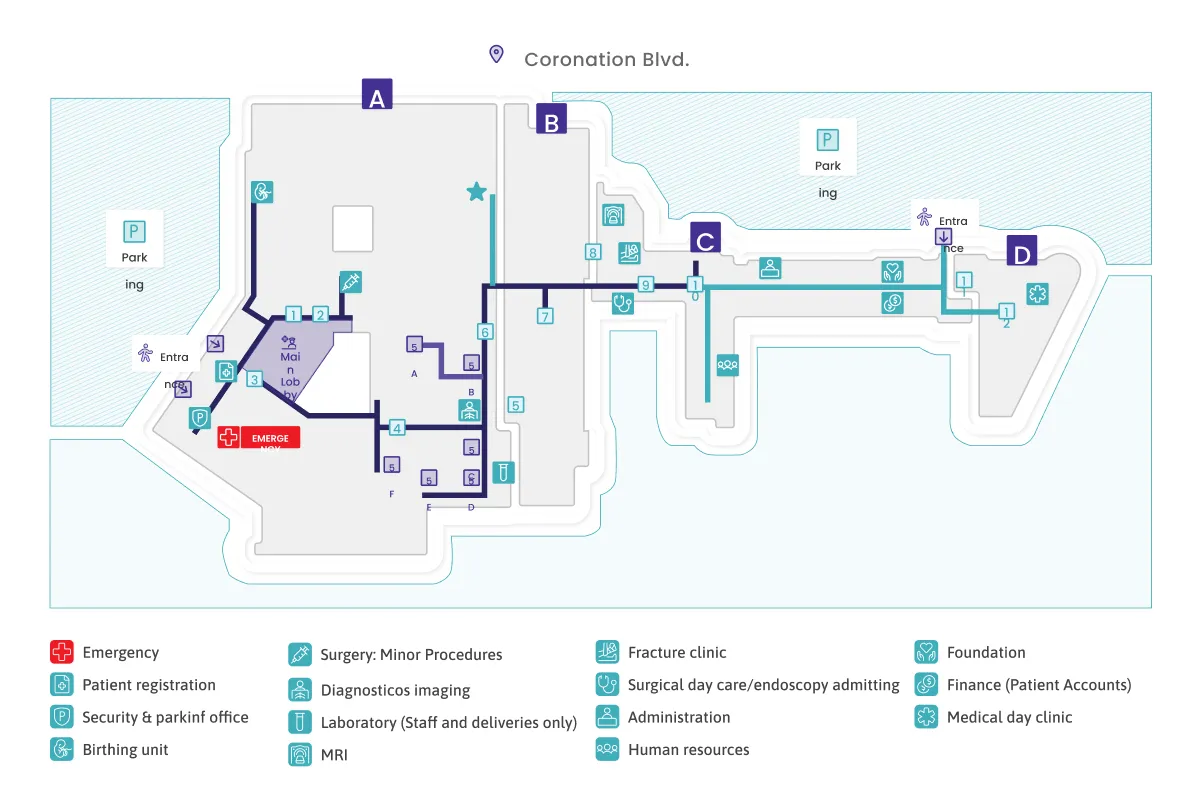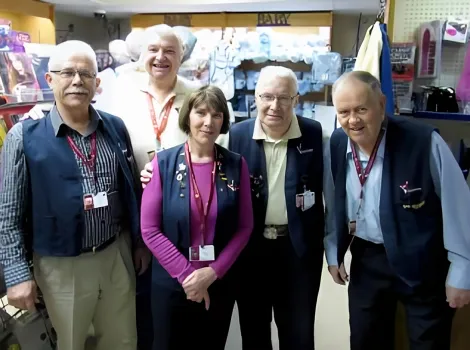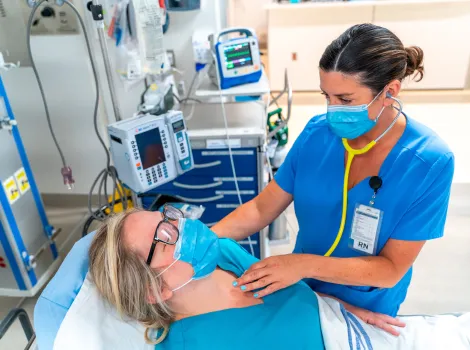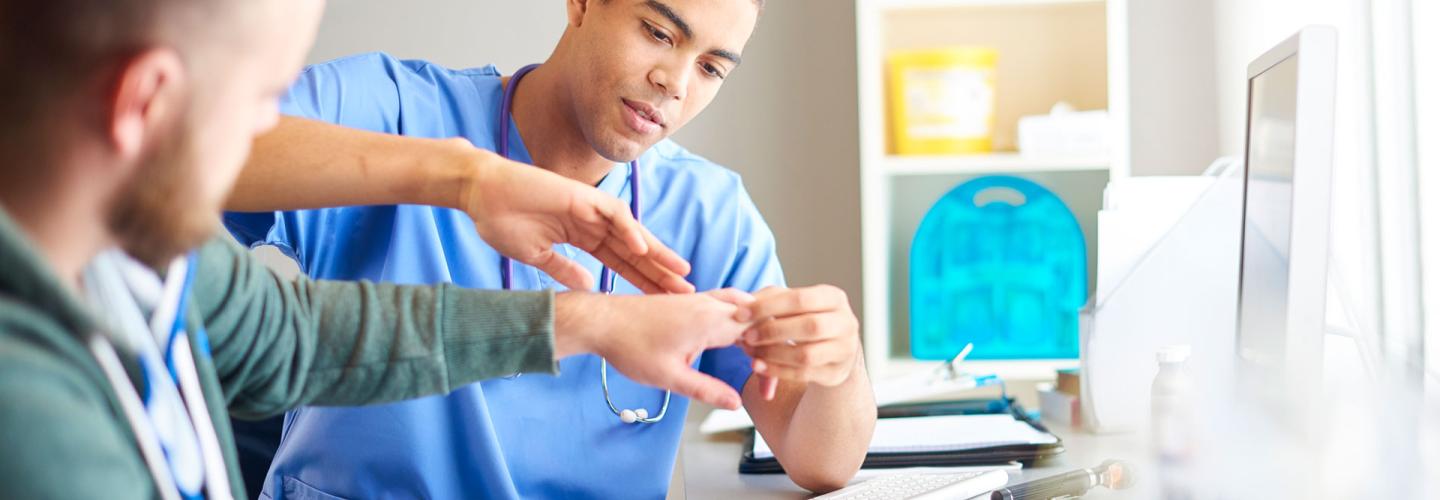Fracture Clinic
Patients are normally referred to the Fracture Clinic after a visit to the Emergency Department, after surgery or as new consultations.
CMH's Fracture Clinic provides consultation, fracture management (including casting and splinting) and surgical follow-up care for all age groups.
Patients are referred to the clinic after a visit to the Emergency Department, after surgery or as new consultations. The Fracture Clinic team also includes orthopaedic and plastic surgeons that specialise in treating hand injuries.
If you are referred to the the Fracture Clinic from the Emergency Department, you will be given the following instructions.
Fracture Clinic Appointment Details
- Fracture Clinic staff will call you within one week of your visit to the emergency department
- When called, you will be scheduled to see the orthopaedic/plastics specialist within two weeks of your emergency department visit
Pain Control
- If you require pain medication, follow up with your general health provider or revisit the emergency department
- II you were placed in a splint and it feels tight
- Elevate the limb with a splint above your heart to reduce swelling
The day of your appointment
- Enter at the Main Entrance
- Obtain a chart from the patient registration desk – at every visit
- Bring your health card
- If x-rays are required the staff will direct you
- Your appointment may take up to three hours - be prepared
- Our waiting area is limited - only one support person per patient if required
Appointment Days & Times
Fracture Clinic
Monday to Friday 8:00 am – 4:00 pm. *
Hand Clinic
Mondays only1:00 pm - 7:00 pm. *
* excluding holidays
What to bring to Hospital
- Bring any personal assistive devices that you require for your appointment. For example, any communication or mobility device you may need like a walker, hearing aid, etc.
- Kindly note that CMH has a no scent policy. Refrain from using or wearing perfumes, scented deodorants and scented products before coming to hospital.
How to use crutches, canes and walkers
Caring for your cast and splint
You have received a cast or splint as part of your treatment for the injury you sustained. The following is general information and specific things you need to do to help in your recovery. If you have any concerns at all, call your orthopaedic/plastic surgeon, or your family doctor, or return to the nearest emergency department for assessment.
- Plaster casts will take 48 hours to dry completely.
- A certain amount of swelling and pain may occur. To keep swelling and pain to a minimum, elevate the injured part on a pillow, above the level of your heart.
- Keep the cast clean and dry. Do not get the cast wet. Do not scratch under the cast. Using a hairdryer set on COOL aimed into the cast can sometimes relieve itching.
- Do not place anything inside the cast.
- Exercise your fingers/toes of the casted arm/leg every half hour while awake, unless your doctor tells you otherwise.
-
Bathing: Cover the cast with a plastic bag and tape it shut if possible. If this is not possible, the arm/leg with the cast must be kept dry, and this may require the affected arm/leg be kept out of the tub/shower.
Notify your surgeon/family doctor if:
- Your fingers or toes on the casted arm/leg become blue, cold, numb, or extremely swollen
- You experience increased pain not relieved by pain medication
- The cast becomes soft, cracked, foul smelling or feels too tight.
Caring for your waterproof cast
XP Walker (Extra Pneumatic)
- Some patients may take longer to treat than others
- The surgeon may be delayed
- Ambulance patients are cared for first
- You should allow 3 hours for your visit, registration, x-rays, seeing the surgeon, etc.
- The time you are given to check in may not reflect the time you are going to be seen by the surgeon.
- Some patients are called for another surgeon
- Some patients are called for x-rays
- Some patients are called to receive treatment by the Orthopedic Technologist
We do our best to keep all patients’ charts in order, so they are cared for in order.
Not all equipment and supplies are covered by OHIP. Some things that are not covered include wrist splints, air casts, and fiberglass casts. Your extended health care coverage (private insurance) may pay for these. The Orthopaedic Technologist will provide you with a detailed bill for those items that are not covered.
We value your opinion. At anytime you wish to provide feedback, we encourage you to share it directly with your healthcare team in the moment or as soon as possible. You may also speak with the social worker, spiritual care advisor, the unit's charge nurse or the team's leadership (see below).
If you shared a concern that you feel has not been addressed, please connect with the Patient Experience Lead at patientrelations@cmh.org.

GIna de los Santos, Manager Surgical Day Care & Ambulatory Surgical Services, Fracture Clinic - ext. 3413

Kim Towes - Director, Surgical Programs - ext. 2346
Once referred to the Fracture Clinic, staff will call you within a week of your visit to the ED to schedule your appointment.
The Fracture Clinic is located in Wing C, Level 1. You must first register through Patient Registration in Wring A, by the Main Entrance. Please follow registration instructions found in the Appointment & Follow-Up section prior to your visit.




